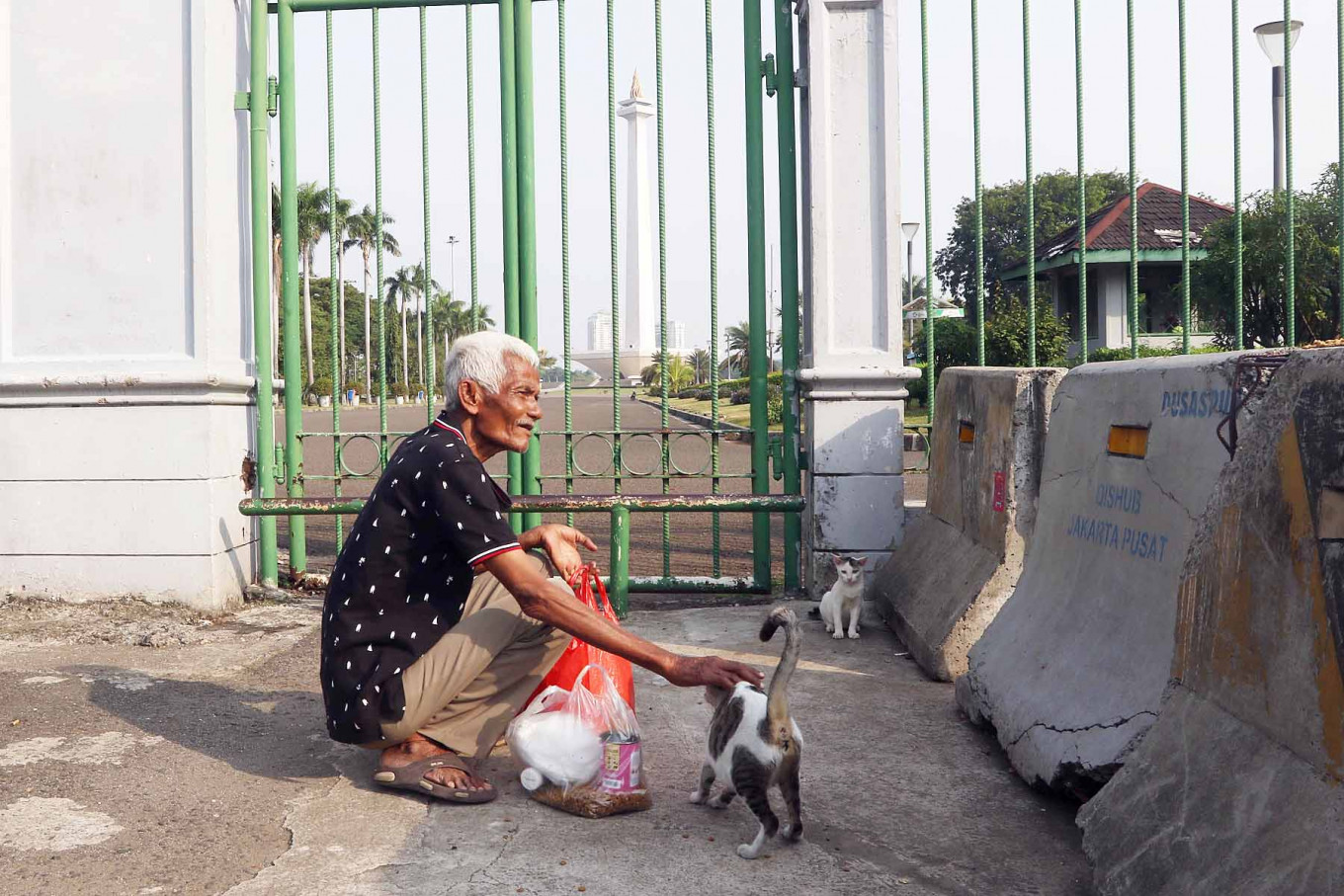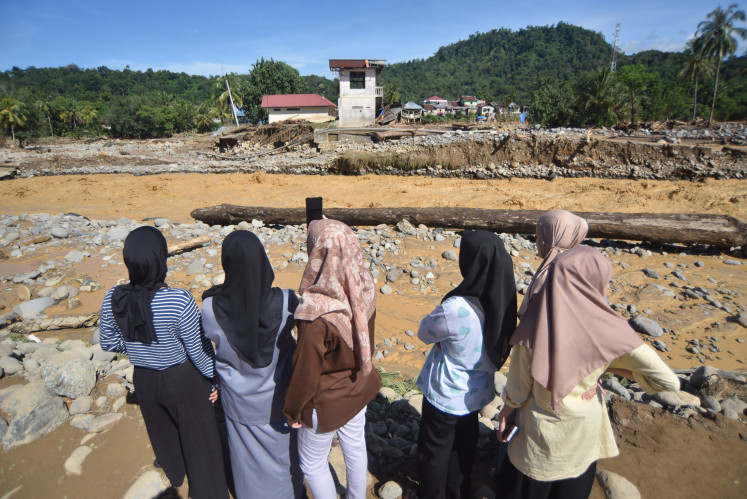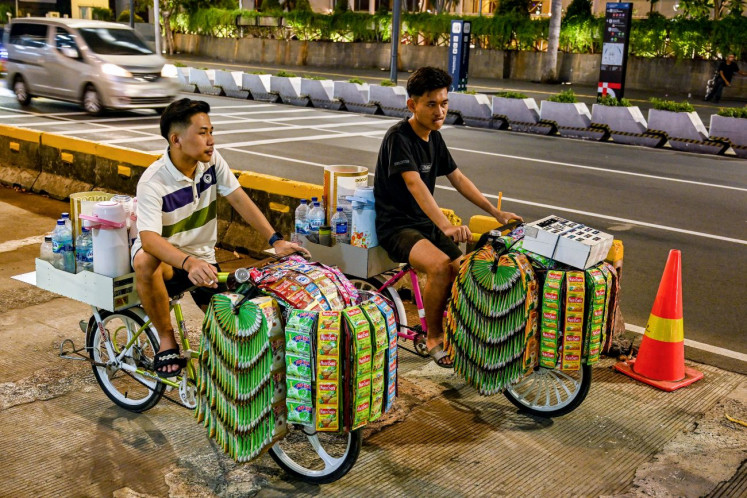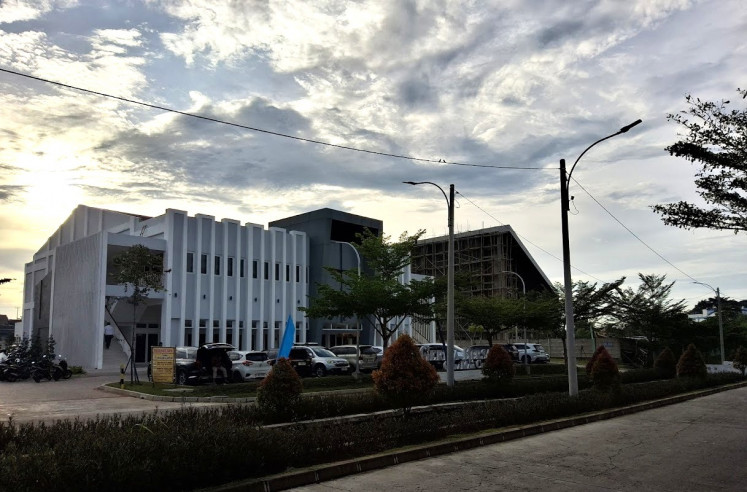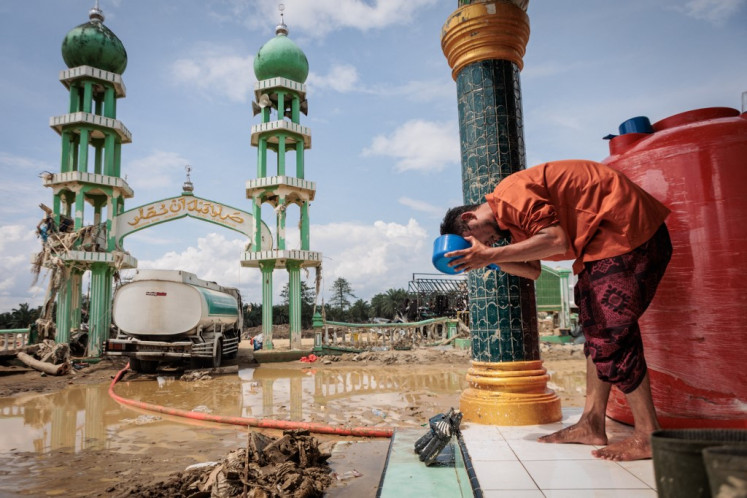Popular Reads
Top Results
Can't find what you're looking for?
View all search resultsPopular Reads
Top Results
Can't find what you're looking for?
View all search resultsCats’ year of living dangerously
Sending alley cats to a designated island in Thousand Islands regency is a sure way of destroying their lives, especially if the human population is too small.
Change text size
Gift Premium Articles
to Anyone
S
tray cats lead dangerous lives. Without a human owner, they live on the streets, scavenge for food in trash bins and regularly get into fights with other cats, other animals and sometimes humans. Danger is their middle name, if they even have a family name.
Now Jakarta’s cats face further danger, perhaps an existential threat, as Governor Pramono Anung plans to bring their population under control.
Barely a month since his inauguration, Pramono has won an award from the Indonesian Museum of Records (MURI) for neutering over 1,000 feral cats. His target is to sterilize 20,000 male cats this year.
The governor is not stopping there. He is now talking about rounding up all the alley cats in the city and deporting them to one of the islets in Thousand Islands regency in Jakarta Bay, which falls under his authority.
This is not a novel idea. Pramono is likely thinking of Aoshima, a designated cat island in Japan’s Ehime prefecture. Felines were brought to the island to help fight rodents in the small fishing village there. The cats were entitled to a share of the fishermen’s catch in return.
Pramono is even thinking about turning his version of this island into a tourist attraction.
But if Aoshima is any lesson, he may want to rethink the plan. A recent article in the Guardian reports that Aoshima’s days as a feline-fixated tourist destination are numbered, as the local sardine industry is drying up and the human population on the island is declining. From about 200 feral cats a decade ago, the number has fallen to 80, and they are all over 7 years old. A third are battling illnesses, including blindness and respiratory diseases, caused by decades of inbreeding, according to the article.
Sending alley cats to a designated island in Thousand Islands regency is a sure way of destroying their lives, especially if the human population is too small. With less human trash to scavenge, they will end up depending on local government support or visitors, if the tourism plan ever takes off. The idea defies the very idea of an alley cat, born with strong survival instincts.
There is a strong case for bringing Jakarta’s cat population under control. One city official estimated that there were 1.5 million cats in Jakarta and that the number could rapidly grow, as wild cats have litters of three or four kittens. Only some of these will be adopted; the rest will have to roam the streets in the hope of surviving. With alley cats’ fecundity, Jakarta has a crisis for sure.
Some private organizations are offering neutering services, but many people are reluctant to bring cats or kittens to such places, thinking they may be scams, and instead dump the creatures in the streets or in wet markets, where they have a better chance of survival. Only the toughest alley cats can make it.
Neutering cats and sending them to a designated island was apparently part of Pramono’s campaign ahead of November’s gubernatorial election. Since hardly anyone seems to remember that element of his campaign, we are quite sure it was not the reason he was elected. He hopes that by reducing the cats’ numbers, those that remain will have better lives. He claims this is the humane way to deal with the problem.
Alley cats may beg to differ. Unfortunately, their meows will fall on deaf ears, even though they have one of their own, by the name of Bobby Kertanegara, as the nation’s First Cat, living in the luxury of the Presidential Palace. Bobby, President Prabowo Subianto’s cat, was reportedly adopted from the street.
As cats have nine lives, we can only hope they expend as few of them as possible fighting or fleeing Pramono’s planned roundup.

